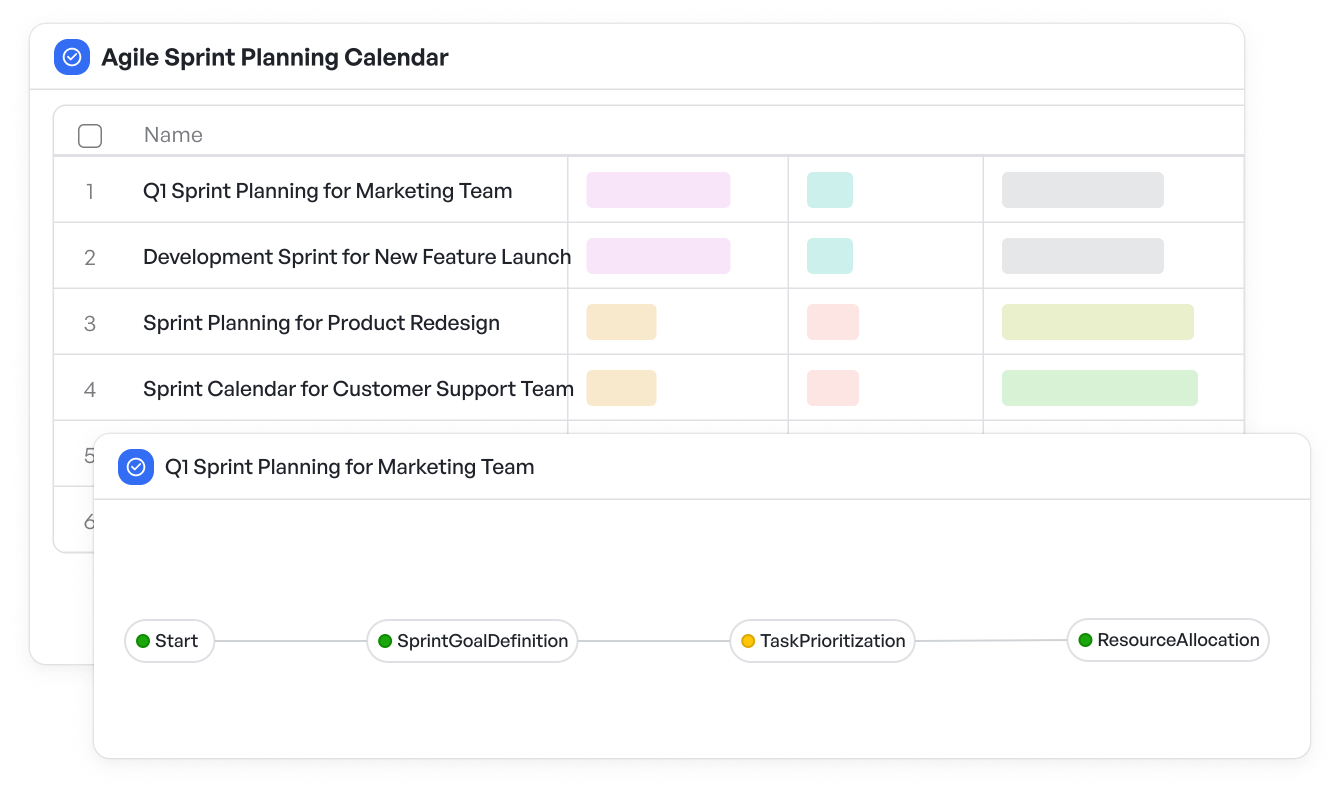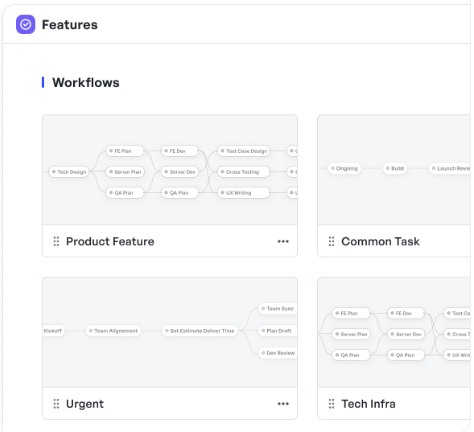How To Implement Agile Modeling In Education: A Smarter Way To Manage Learning Projects

Educational institutions, particularly those developing and deploying software tools, increasingly face complex project demands. Whether it’s launching a new learning management platform or integrating AI tools into the curriculum, these projects often involve cross-functional teams, tight timelines, and evolving requirements.
Agile modeling in education offers a practical framework to streamline these efforts while maintaining alignment across departments. Agile modeling, a component of the broader Agile methodology, helps project leaders move away from static planning toward more dynamic, iterative workflows.
To implement Agile principles successfully within educational settings, it is important to first examine the limitations of traditional project approaches and how Agile modeling presents a more adaptable and collaborative framework.
Why Agile Modeling in Education Matters for Technology Teams
Education has become more software-driven. As institutions adopt digital tools and learning platforms, internal teams must adapt to managing these software-based rollouts. Traditional methods often fall short when navigating shifting academic calendars, compliance updates, and evolving learner needs.
Agile modeling in education allows teams to:
- Adjust quickly to curriculum changes or stakeholder feedback — for instance, by using structured tools like the curriculum development project plan to align initiatives from the start
- Prioritize the most valuable outcomes for students and staff using clear planning frameworks
- Create working prototypes that reduce time-to-launch for digital tools, such as those used in a distance learning implementation plan
- Maintain documentation that accurately reflects the actual implementation, rather than static theoretical plans.
 Helps teams coordinate platform rollouts, training, and support across distributed learning environments
Helps teams coordinate platform rollouts, training, and support across distributed learning environmentsKey Benefits of Agile Modeling in Education
Before adopting Agile modeling, many education projects suffered from missed deadlines, unclear ownership, and siloed teams.
Below are a few of the outcomes that make Agile modeling more suitable for complex learning environments:
- Real-time collaboration: Education projects often involve academic staff, IT administrators, and procurement leaders. Agile modeling promotes structured team collaboration through transparent communication and frequent updates, keeping everyone aligned as the project evolves.
- Smaller, testable deliverables: Instead of launching massive platforms at once, Agile enables small releases, allowing teams to test features with students and educators before full-scale rollouts.
- Visual clarity across teams: Agile modeling encourages workflows where everyone can understand the current status of a project and what’s next.
Suggested Reads:👉Scrum in Education
Agile Modeling in Education: Use Cases
Here are some practical scenarios where Agile modeling improves project outcomes in the education sector:
1. Rolling Out a Digital Assessment Tool
A university launching an online assessment platform can use Agile modeling to break the rollout into manageable phases. This might include initial stakeholder interviews, building core features, piloting with a test group, and gradually scaling to all departments.
2. Upgrading an LMS (Learning Management System)
When migrating from a legacy LMS to a new platform, Agile helps in prioritizing integrations, planning training sessions, and resolving student-facing bugs quickly based on feedback loops.
3. Building AI-Driven Learning Features
Education-focused teams can use Agile modeling to prototype AI tools like adaptive learning or personalized feedback. These features often require close collaboration between AI developers, content creators, and compliance teams.
5 Key Steps to Adopt Agile Modeling in Education Projects
If you're in the early stages of applying Agile modeling in education, the following steps can help guide your approach:
Step 1: Define Clear Outcomes
Start with what matters, whether it’s reducing support tickets, improving onboarding for students, or launching a platform before the new term begins.
Step 2: Build a Cross-Functional Team
Include academic stakeholders, IT, procurement, and software vendors. The goal is to avoid last-minute surprises.
Step 3: Visualize the Workflow
Use tools that allow your team to map every stage of the project—from discovery to execution—so all members understand what they’re working toward.
Step 4: Adopt Iterative Releases
Release features in sprints to collect feedback and make adjustments. It’s better than waiting months for a big release that misses the mark.
Step 5: Review and Reflect Regularly
Set periodic reviews to identify what’s working and what needs rethinking. Agile thrives on this rhythm.
 Agile sprint planning calendar for visualizing and structuring sprint cycles
Agile sprint planning calendar for visualizing and structuring sprint cyclesVisual Workflow Templates That Support Agile Modeling in Education
Education-focused teams often benefit from visual tools that show where tasks stand, who’s responsible, and what deadlines are approaching. Visual workflows make Agile modeling easier to implement.
Where appropriate, templates tailored to academic planning, platform development, and compliance reviews can speed up execution while reducing communication gaps.
 Workflow visualization in Meegle
Workflow visualization in MeegleAgile Modeling vs. Traditional Methods in Educational Projects
| Criteria | Traditional Methods | Agile Modeling in Education |
|---|---|---|
| Planning Style | Fixed upfront | Iterative and evolving |
| Team Communication | Periodic updates | Ongoing collaboration |
| Handling Change | Difficult and costly | Integrated into process |
| Delivery Style | Big launches | Small, frequent releases |
| Visibility and Alignment | Low | High with visual workflows |
For a deeper understanding of different project management approaches, explore our detailed comparison of hybrid vs. traditional project management.
Getting Started with Agile Modeling in Education
Educational institutions aiming to modernize their project delivery approach should begin by identifying one or two pilot projects. Using visual workflow tools can help teams test Agile modeling practices in real environments without large-scale disruption.
This hands-on experience builds confidence across stakeholders and sets the stage for wider adoption.
Gain Project Clarity with Visual Workflows
Agile modeling in education is not about adopting a new buzzword. It’s about simplifying complex workflows, improving team clarity, and adapting to the fast-paced evolution of educational tools.
Educational technology teams that apply this method report faster delivery cycles, better alignment across academic and IT units, and fewer failed rollouts. With visual workflow tools, every member knows the project’s scope, progress, and next steps.
Transform how your education teams plan and deliver projects using Meegle’s visual workflows today.
The world’s #1 visualized project management tool
Powered by the next gen visual workflow engineRead More
Check All BlogsStart creating impactful work today



